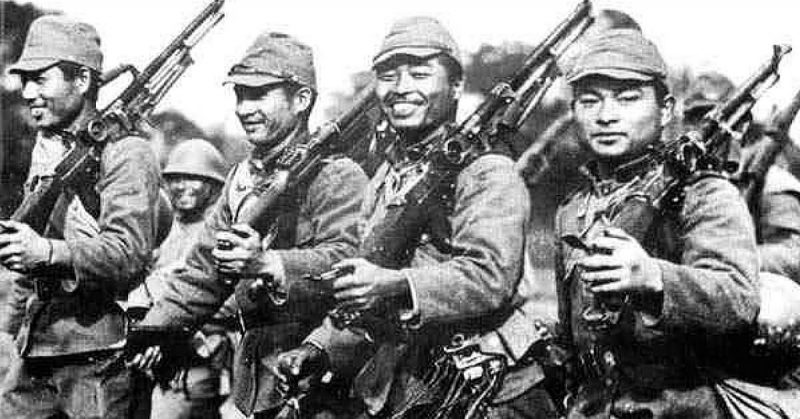Wars have been waged over the stupidest things, but in 1937, Japan took it a step further. That was the year that a minor incident led to the skirmish which caused the Second Sino-Japanese War, and later, the Pacific Theater of WWII. And what was this minor incident?
A full bladder.
Our story takes place at the Lugou (Lu Ditch) Bridge in Beijing’s Fengtai District. The original was built in 1189 by Emperor Shizong to extend the city’s reach. In the 13th century, Marco Polo visited China and waxed lyrical about that bridge, so Europeans renamed it after him.
Fast forward to 1868. Impressed with Europe, Japan launched the Meiji Restoration to modernize itself by copying all things western. And since Europe had carved up the world, Japan decided to do the same, starting with China.
Japan, therefore, invaded in 1894, launching the First Sino-Japanese War, which ended the following year to China’s loss. Japan then gobbled up more Chinese territories in the east, while European countries did the same in the west and south.
Japan and Russia eventually squabbled over the Manchukuo region, leading to the Russo-Japanese War (1904-1905). To everyone’s surprise, Japan won and, as a result, was given a lease over the area. Instead of uniting the country, however, China continued to fragment as different factions vied for control over what was left.
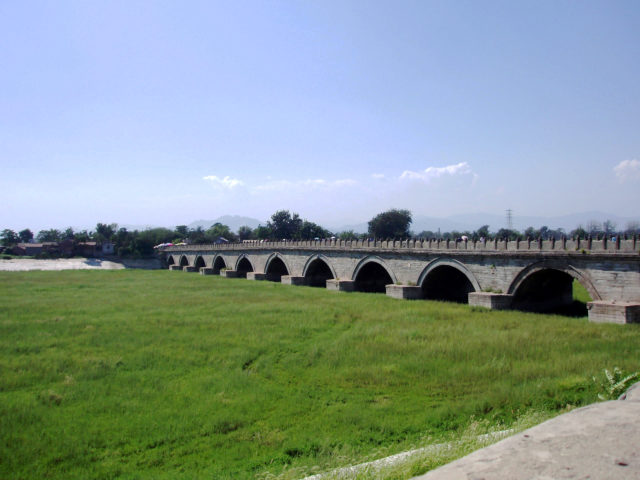
At least till the Mukden Incident. On September 18th, 1931 the Japanese tried to blow up their own South Manchuria Railway near Mukden (today’s Shenyang). Fortunately, they did such a bad job of it that trains were able to use it mere minutes after the first explosions. Unfortunately, that wasn’t the point.
Accusing the Chinese of sabotage, Japan expanded their occupation, consolidated their occupied territories, and created the puppet state of Manchukuo. It didn’t take long for the international community to realize what had happened, leading to Japan’s expulsion from the League of Nations in 1933.
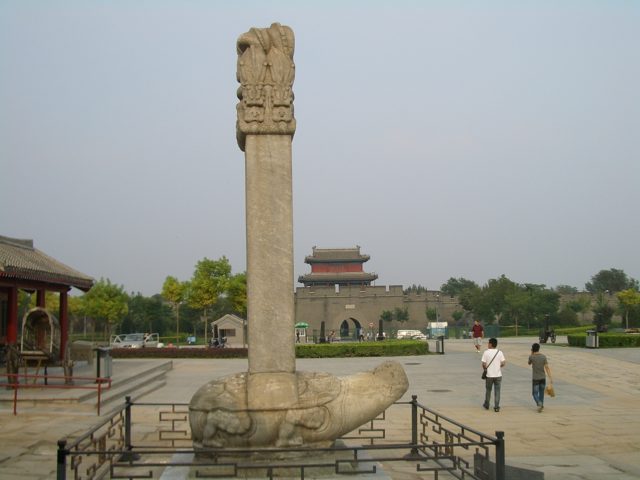
Not that they gave up Manchukuo. Faced with a useless League and an invasive West, the warring Chinese factions finally put aside their differences. In December 1936, the Kuomintang (KMT) made peace with the Communist Party of China (CPC), resulting in the Xi’an Incident.
Called the United Front, this new alliance couldn’t deal with two enemies at once. So they focused on the Japanese, who were the immediate threat.
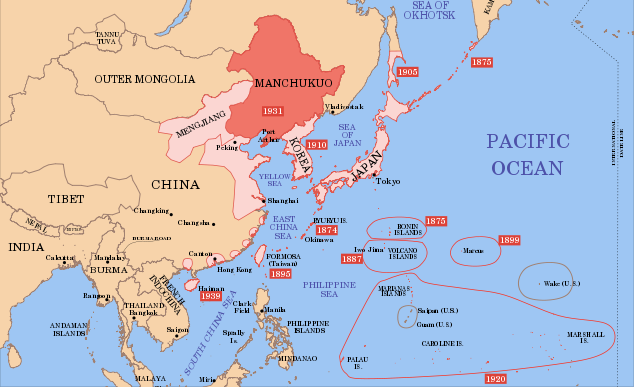
By 1937, Japanese troops were lodged in Fengtai – then a separate and heavily forested district to the southwest of Beijing. To protect the capital from attack, Fengtai used to be dotted with walled cities. Of these, Wanping protected the Marco Polo Bridge which led directly into Beijing.
To keep people on edge, Japanese troops would conduct military maneuvers throughout Fengtai. The Chinese government wasn’t too happy, but there was absolutely nothing they could do about it. They did ask the Japanese to give advanced notice of when such maneuvers would take place to calm the local residents.
The Japanese agreed, but had no intention of keeping their word. By July, more maneuvers continued near the bridge without advanced warning. At times, they performed exercises near the Chinese troops.
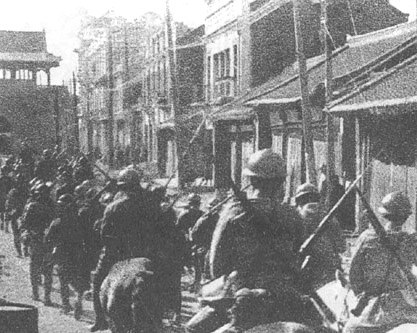
Chinese civilians and military personnel were very tense. The Japanese had a well-earned reputation for using any pretext as an excuse for further aggression, but it wasn’t easy. Travel between the towns throughout Fengtai was difficult because of the Japanese soldiers, and many felt uneasy about using the bridge for the same reason.
Things finally came to a head on July 7th, 1937. Sometime around 11 PM, the Japanese launched yet another of their unannounced training exercises around Wanping and the Marco Polo Bridge. The town’s troops were used to it, by then, but they remained tense as they watched the Japanese wheeling about outside.
Enter Private Shimura Kikujiro and his full bladder. Sometime during the maneuvers, he decided to go on an unscheduled bathroom break. Most of Fengtai didn’t have electricity until very recently, however, so toilets weren’t exactly plentiful back then. Not man-made ones, at any rate.
So Kikujiro resorted to nature. That done, he tried to rejoin his unit, but they had moved on. And since it was late at night, it took him a while to find his way back to his base.
Military maneuvers over, the Japanese returned to their camp and made a roll call – which was when they realized that one of them was missing. They dispatched some men to Wanping and demanded entry so they could find their missing man.
The Chinese refused. They had sealed the town’s gates hours before, and the thought of letting a Japanese soldier in past sunset was ridiculous.
But the Japanese were insistent, so the Chinese soldiers offered to conduct their own search. The Japanese refused and threatened to attack if they weren’t allowed in. The Chinese said “no.”
In 2013, Japan’s National Diet Library released their sealed files on the incident. It revealed that as their troops prepared to attack Wanping, a shame-faced Kikujiro finally showed up, apologizing for getting lost.
According to those same files, however, shots were fired – though it still isn’t known where they came from and who the target was. It didn’t matter – the Japanese had the excuse they had been looking for.
A little past midnight, a small Japanese infantry unit tried to breach the city’s walls and were repelled. They then issued an ultimatum, promising a bigger attack unless Wanping opened its gates to them.
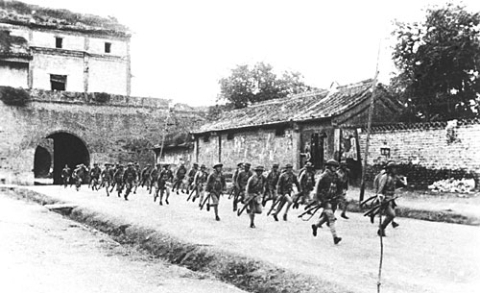
Acting Commander Qin Dechun of the Chinese 29th Route Army ordered his men on high alert. The city’s mayor, Wang Lengzhai, was anxious to avoid bloodshed, however. He was given permission to go to the Japanese camp to negotiate – but it did no good.
Chinese reinforcements arrived at 4 AM. Some 45 minutes later, the mayor was returning to his town when he saw the Japanese troops massing. He had barely made it past the gates when the shooting started.
Thus the Second Sino-Japanese War began on July 8th, 1937 at 4:50 AM. Though the fighting ended with a truce two days later, the countdown had begun.
The Japanese had a new excuse to launch a full-scale invasion of China, plunging it into a hell that only ended in 1945.
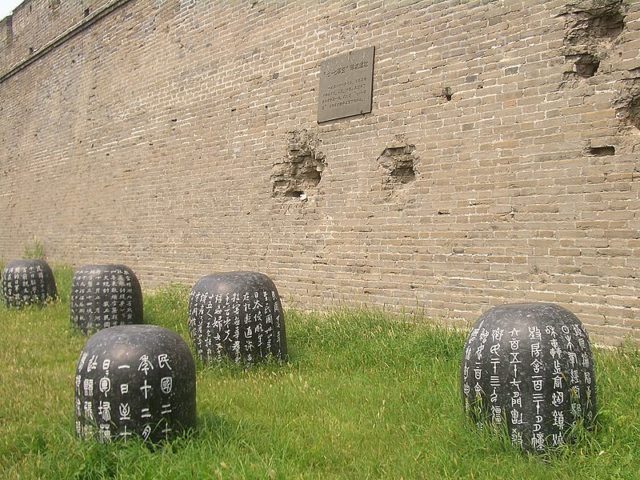
Thus the Second Sino-Japanese War began on July 8th, 1937 at 4:50 AM. Though the fighting ended with a truce two days later, the countdown had begun.
The Japanese had a new excuse to launch a full-scale invasion of China, plunging it into a hell that only ended in 1945.
